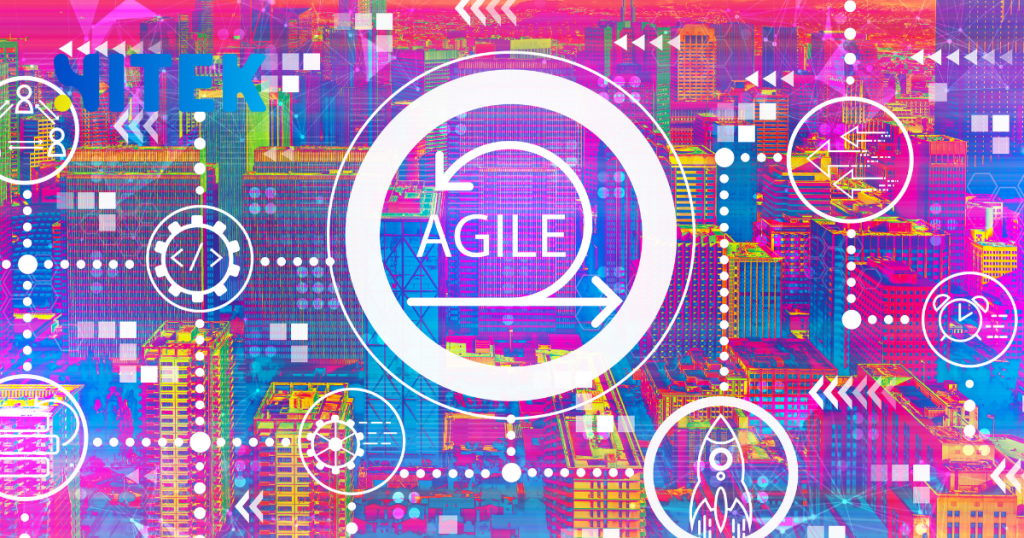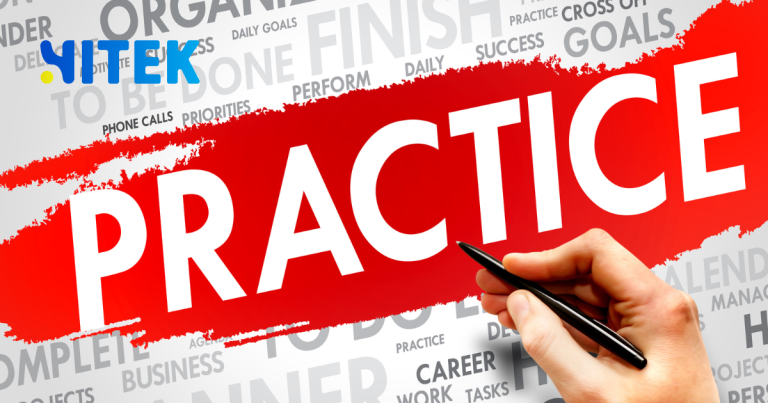In software development, speed, adaptability, and customer satisfaction are everything. Traditional project management methods often struggle to keep up with rapidly changing requirements. Enter the Agile Software Development Life Cycle (SDLC), a game-changing approach prioritizing flexibility, collaboration, and iterative progress.
Agile has become the gold standard for Australian tech teams, startups, and enterprises. But what exactly does the Agile SDLC entail, and why is it so effective? Let’s break it down.
Contents
ToggleUnderstanding Agile SDLC: The Basics
Agile SDLC is an iterative and incremental approach to software development that focuses on delivering functional software in short cycles, known as sprints. Unlike the rigid Waterfall model, Agile embraces change, encourages continuous feedback, and ensures that the final product aligns closely with user needs.
Core Principles of Agile SDLC
The Agile Manifesto outlines four key values:
- Individuals and interactions over processes and tools
- Working software over comprehensive documentation
- Customer collaboration over contract negotiation
- Responding to change over following a plan
These principles guide Agile teams in Australia—from Sydney’s fintech hubs to Melbourne’s thriving startup scene—to build better software faster.
The 6 Phases of Agile Software Development Life Cycle
While Agile is flexible, it follows a structured flow to ensure efficiency. Here’s how it typically unfolds:
| Phase | Key Activities |
|---|---|
| 1. Concept | Define project scope, goals, and feasibility. |
| 2. Inception | Assemble the team, outline initial requirements, and set up tools. |
| 3. Iteration (Sprint) | Develop, test, and refine features in short cycles (usually 2-4 weeks). |
| 4. Testing | Continuous QA to ensure functionality and performance. |
| 5. Release | Deploy the product incrementally for user feedback. |
| 6. Maintenance | Ongoing updates, bug fixes, and feature enhancements. |
Why This Works for Australian Businesses
- Faster time-to-market – Companies like Atlassian (an Aussie success story) use Agile to stay ahead.
- Reduced risk – Frequent testing catches issues early.
- Higher customer satisfaction – Continuous feedback ensures the product meets real needs.
Agile Methodologies: Which One Fits Your Team?
Agile isn’t a one-size-fits-all approach. Different frameworks cater to various project needs:
1. Scrum
- Best for: Teams needing structured sprints and defined roles (Scrum Master, Product Owner).
- Popular in: Australian startups and enterprise teams.
2. Kanban
- Best for: Continuous workflow with visual task tracking (think Trello or Jira).
- Prevalent in DevOps and support teams.
3. Extreme Programming (XP)
- Best for: High-quality code with practices like pair programming and test-driven development (TDD).
4. Lean Agile
- Best for: Minimising waste and maximising value—ideal for cost-sensitive projects.
Choosing the proper methodology depends on your team size, project complexity, and business goals.
Benefits of Agile SDLC for Australian Companies
✅ Adaptability in a Fast-Moving Market
Australia’s tech sector is booming, with government initiatives pushing innovation. Agile helps businesses pivot quickly when market demands shift.
✅ Better Collaboration Across Remote Teams
With remote work rising, Agile’s daily stand-ups and sprint reviews keep distributed teams aligned.
✅ Cost Efficiency
By delivering in increments, companies avoid massive upfront investments in flawed ideas.
✅ Higher Quality Output
Continuous testing means fewer bugs and a more polished final product.
Challenges (and How to Overcome Them)
While Agile is powerful, it’s not without hurdles:
❌ Resistance to Change
Some teams cling to traditional methods. Solution: Training and gradual adoption.
❌ Scope Creep
Too many changes mid-sprint can derail progress—solution: Strong backlog prioritisation.
❌ Misalignment Between Teams
Developers and stakeholders must communicate constantly. Solution: Regular sync-ups and precise documentation.
Agile in Action: Australian Success Stories
- Canva uses Agile to roll out new features rapidly.
- Afterpay – Leverages iterative development to refine its payment platform.
- Wise (formerly TransferWise) – Adopted Agile to scale globally while maintaining efficiency.
These companies prove that Agile isn’t just a trend—it’s a competitive advantage.
Getting Started with Agile SDLC
1. Assess Your Team’s Readiness
- Do you have buy-in from leadership?
- Are team members open to iterative work?
2. Choose the Right Framework
- Start with Scrum if you need structure.
- Try Kanban if flexibility is a priority.
3. Invest in the Right Tools
- Jira (for sprint planning)
- Trello (for visual workflows)
- Slack (for real-time communication)
4. Train Your Team
Consider Agile certifications like Scrum Alliance or SAFe.
5. Iterate and Improve
Agile is about continuous learning. Hold retrospectives after each sprint to refine your process.
Final Thoughts: Is Agile Right for You?
Agile SDLC is the way to build software that evolves with user needs. Australian tech leaders—from Sydney to Perth—are already reaping the benefits of faster releases, happier customers, and more efficient teams.
Ready to make the shift? Start small, gather feedback, and scale your Agile practices as your team grows.
Do you have questions about implementing Agile in your business? Comment below or contact an Agile consultant in your area.
By embracing Agile, you’re not just adopting a methodology—you’re future-proofing your software development process.









